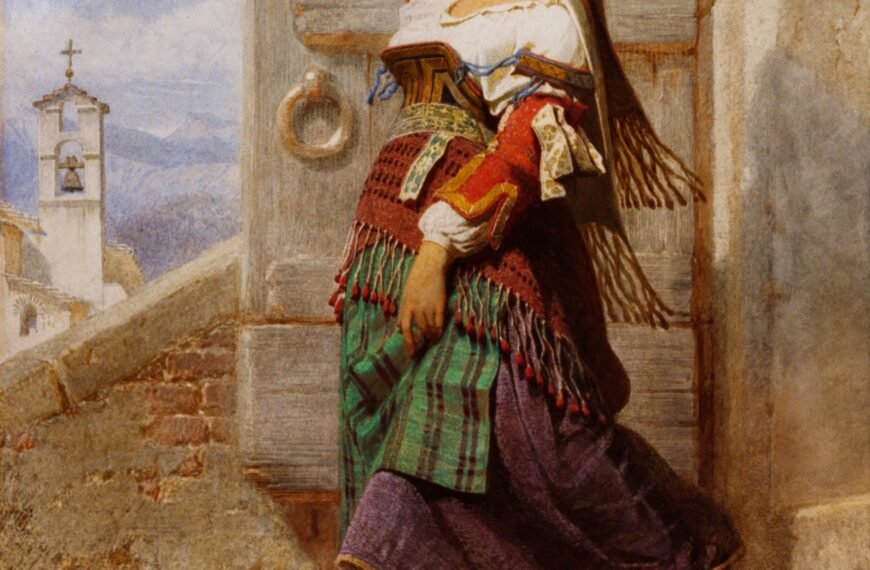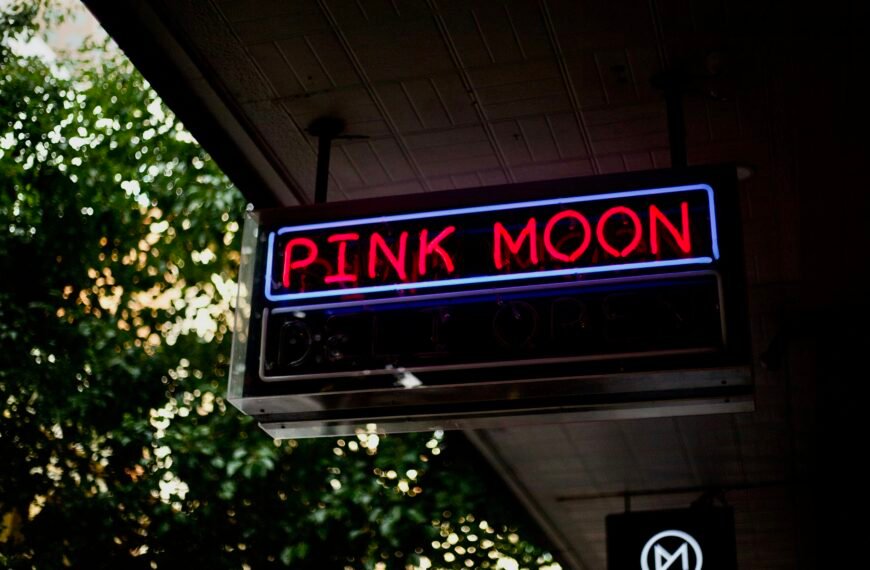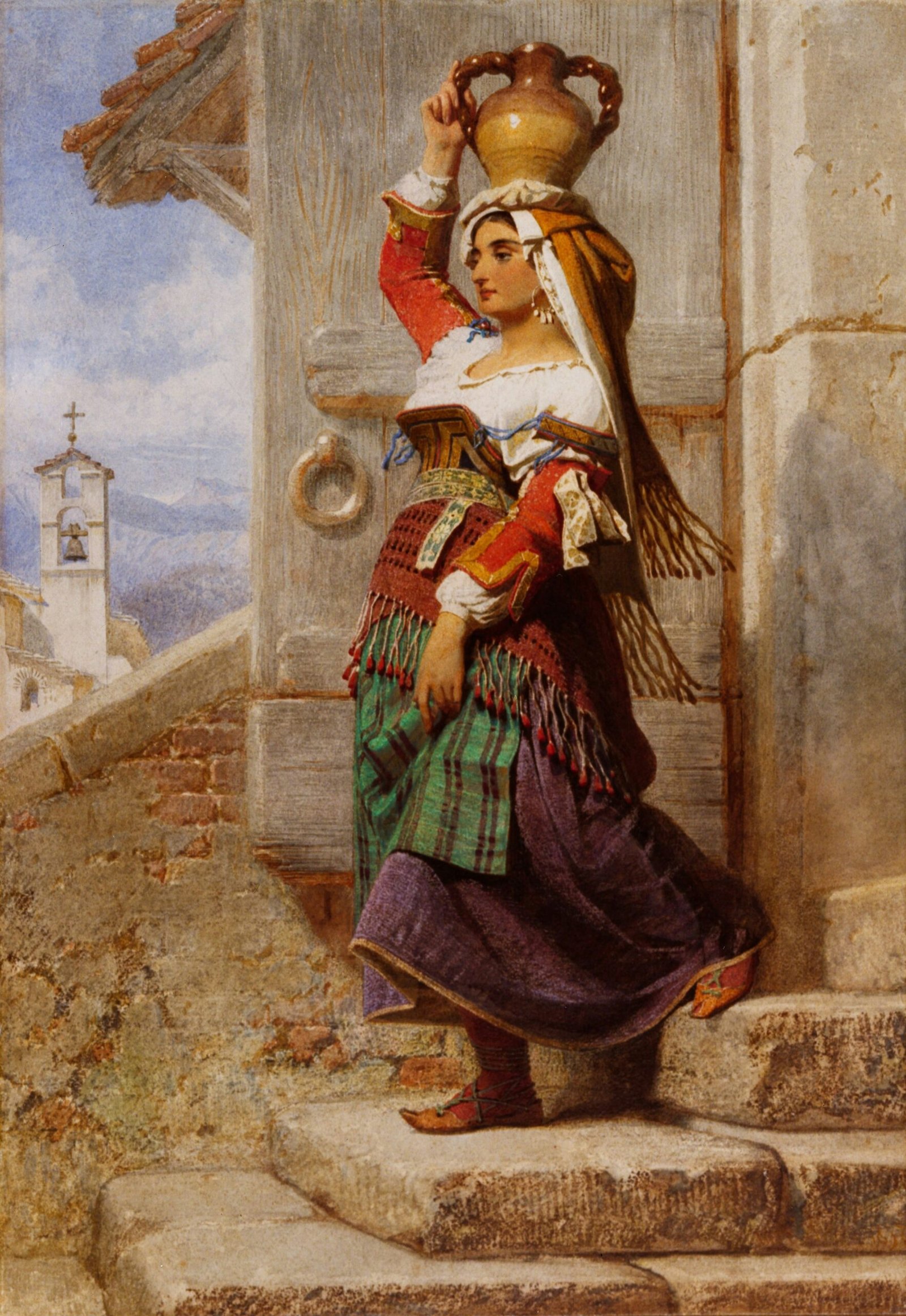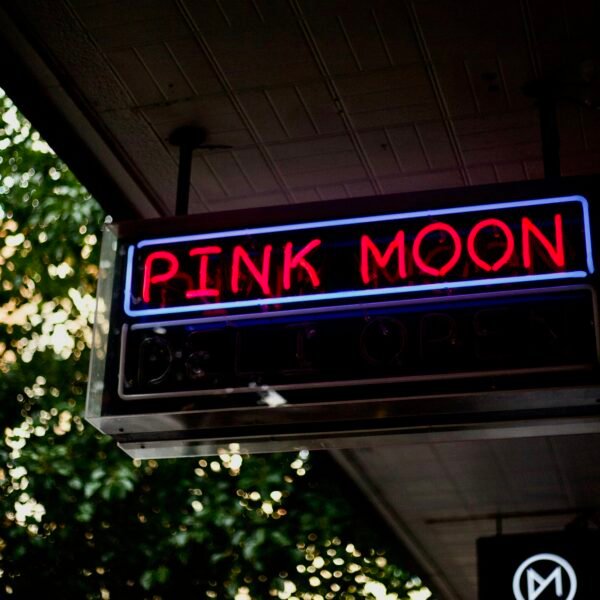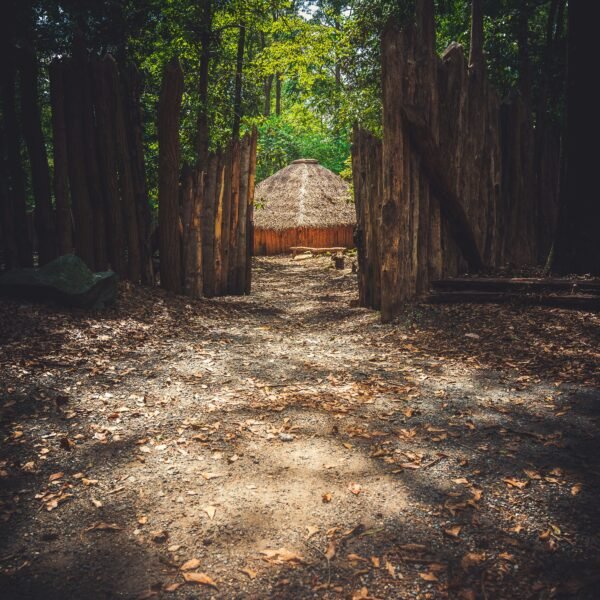In the article “When Richard Serra’s Steel Curves Became a Memorial,” the author discusses the transformative journey of sculptor Richard Serra and his iconic torqued metal rings. After facing backlash and controversy in the 1980s, Serra found inspiration in the Baroque architecture of Rome and created a new sculptural form: free-standing plates of steel that formed two distinct, misaligned ellipses. These sculptures marked a shift in Serra’s career and became a beloved attraction at the Dia Art Foundation in New York. However, for the author, these steel curves hold a deeper meaning, intertwined with the artist’s experience of the September 11, 2001 attacks.
Richard Serra’s Background and Career
Richard Serra, the renowned sculptor, made significant contributions to the art world throughout his career. In the late 1990s, he gained recognition for his work with torqued metal rings, which marked a shift in his artistic style. However, before this breakthrough, Serra faced controversy surrounding one of his earlier installations, ‘Tilted Arc.’
‘Tilted Arc’ was a 120-foot curved plate of Cor-Ten steel that caused outrage when it was installed in Manhattan’s Federal Plaza in 1981. The sculpture was eventually dismantled in 1989 after a heated lawsuit and public outcry. Despite the controversy, Serra’s career continued to evolve.
During a trip to Rome, Serra visited San Carlo alle Quattro Fontane, a chapel designed by Francesco Borromini. This experience inspired him to explore new sculptural forms. He envisioned turning a regular ellipse upon itself, thus giving birth to the torqued ellipses that would define his later works.
Serra experimented with computer-aided design software and collaborated with engineers to create the torqued ellipses. These sculptures were made from free-standing plates of weatherproof steel, forming two identical, misaligned ellipses. The forms were inviting and encouraged viewers to engage with their warm patinated surfaces.
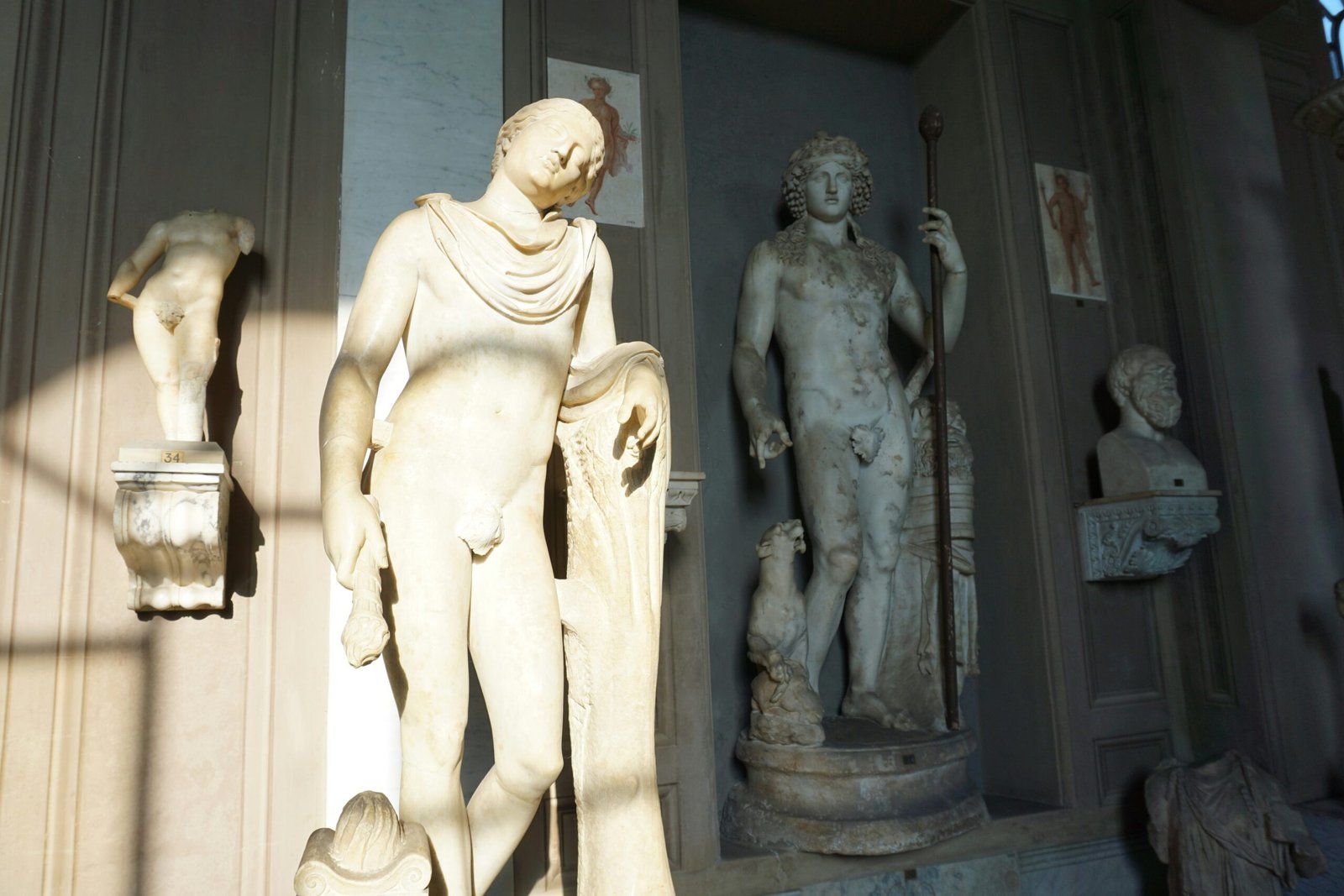
The Significance of Serra’s Steel Curves
Serra’s torqued ellipses marked a crucial shift in his career. Instead of focusing on solid structures, he delved into creating spaces for viewers to occupy and experience. The enclosing volumes of the steel curves offered a new perception of the artwork, emphasizing the role of the viewer’s bodily experience.
The inviting nature of the ellipses, coupled with their warm patina, created an immersive and intimate encounter for viewers. Rather than intimidating or alienating, these sculptures embraced the audience, inviting them to explore and engage with the art. This change in approach reflected Serra’s growth as an artist and his desire to create a more inclusive and interactive experience.
Serra’s Steel Curves in Beacon, N.Y.
Serra’s torqued ellipses found a permanent home at the Dia Art Foundation in Beacon, N.Y. This exhibition solidified the cultural significance and appeal of Serra’s steel curves. The ellipses transformed the exhibition space into a venue for contemplation and aesthetic engagement.
The presence of the steel curves in Beacon, N.Y., added to the town’s cultural landscape and attracted visitors from near and far. The ellipses became a symbol of creativity and artistic expression and garnered attention from art enthusiasts worldwide. Serra’s continued exploration of space and perception in contemporary art resonated with viewers, further contributing to the cultural significance of the ellipses.
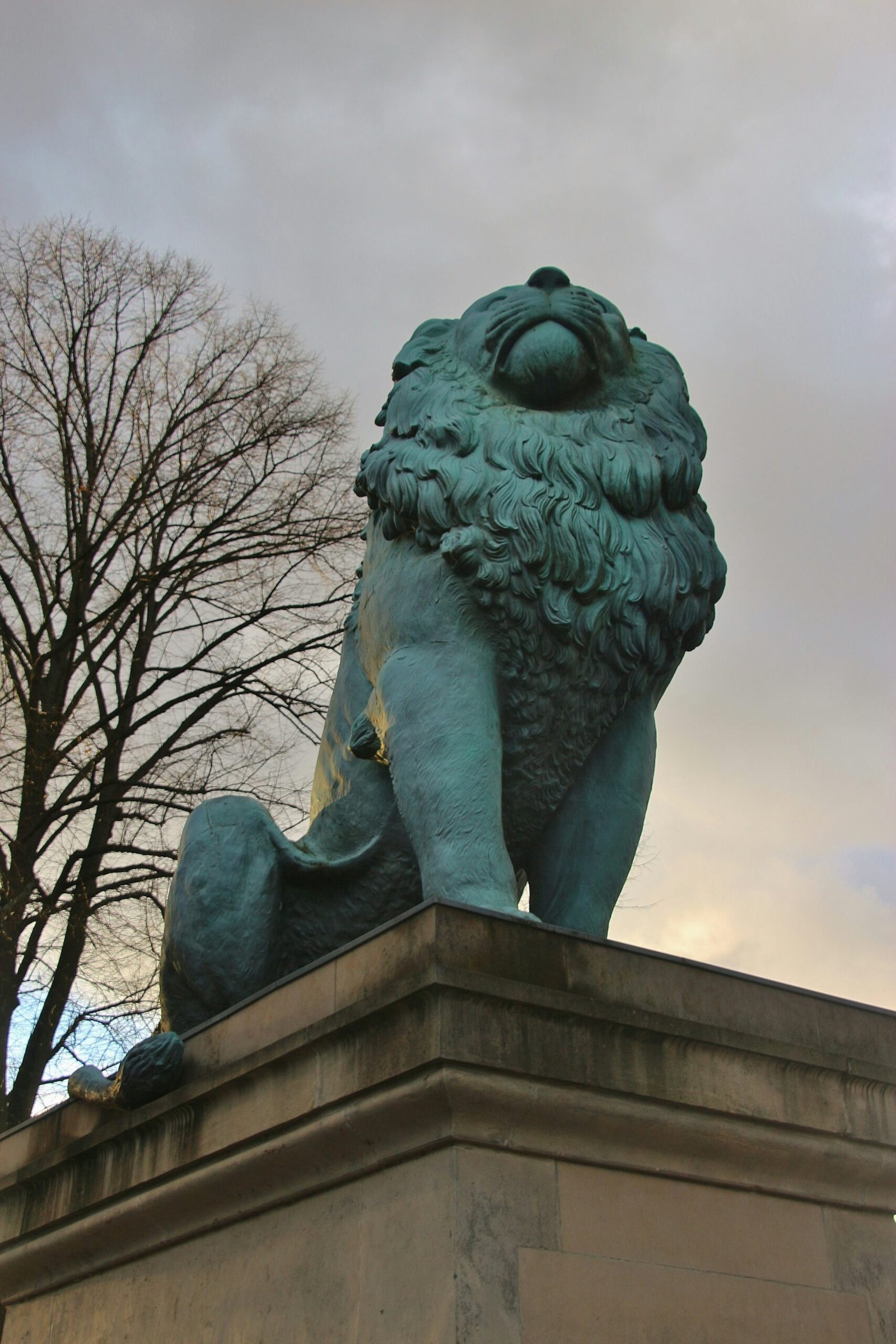
Serra’s Experience on September 11, 2001
The terrorist attacks on the World Trade Center on September 11, 2001, had a profound impact on Serra and his work. The ellipses, which had become a symbol of warmth and intimacy, suddenly became connected to a site of destruction. The juxtaposition of these two experiences created a complex emotional response in both Serra and the viewers of his artwork.
The tragedy of September 11th led to a period of reflection for Serra. He grappled with the role of art in the face of such devastation and questioned the meaning and purpose of his own sculptures. The ellipses, once seen as inviting and comforting, took on a new significance and became a metaphor for the resilience of the human spirit in the face of tragedy.
The Memorialization of Serra’s Steel Curves
Following the events of September 11th, Serra’s steel curves began to be seen as more than just art objects. They took on a memorial quality, representing not only the resilience of humanity but also the power of art to heal and provide solace in times of grief.
The symbolism and remembrance associated with the ellipses grew, and they became a site of collective mourning and reflection. Public perception of the artwork shifted, recognizing the enduring impact and significance of Serra’s steel curves as a tribute to the lives lost on September 11, 2001.
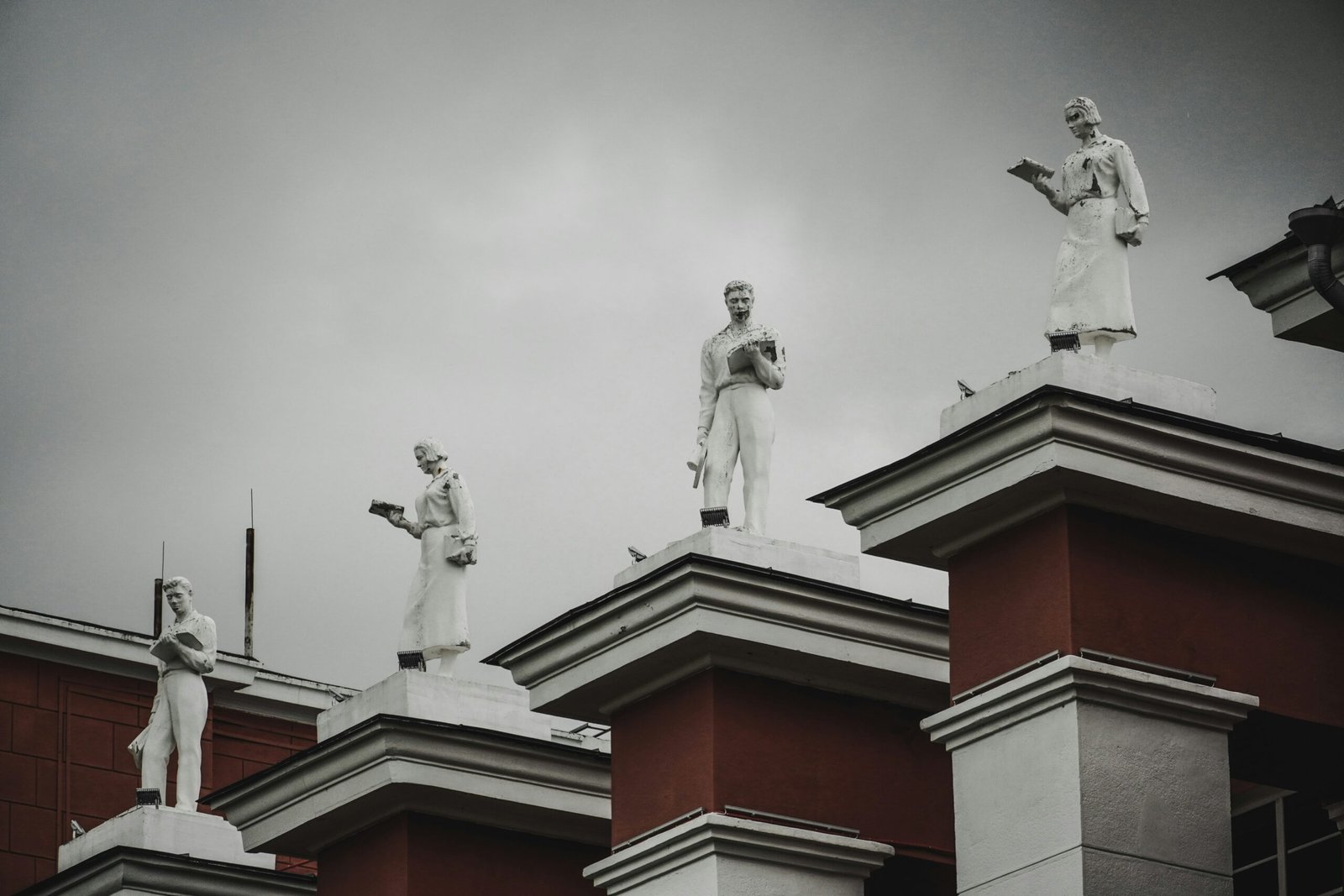
Legacy of Richard Serra
Richard Serra’s steel sculptures have had a profound influence and impact on the field of contemporary art. His innovative use of materials and forms pushed the boundaries of traditional sculpture, challenging viewers to reconsider their perceptions of space and engagement with artwork.
Serra’s contributions to the art world have been widely recognized and celebrated. Throughout his career, he received numerous accolades and awards, solidifying his status as one of the most influential sculptors of his generation. His legacy continues to inspire and shape the future of contemporary art.
Exploring Serra’s Other Works
While Serra is perhaps most famous for his steel curves, his body of work extends beyond this iconic series. He has created a diverse range of sculptures and installations, each exploring different themes and concepts.
From massive steel structures to delicate drawings and prints, Serra’s art encompasses a wide range of forms and materials. His exploration of space, perception, and the relationship between art and the built environment can be seen across his diverse body of work.
The Intersection of Art and Architecture in Serra’s Work
Serra’s collaboration with architects and designers demonstrates his interest in the intersection of art and built spaces. He has integrated his sculptures into architectural environments, creating a dialogue between the artwork and its surroundings.
By placing his sculptures within architectural spaces, Serra blurs the boundaries between art and architecture, challenging traditional notions of where art should be displayed. This integration invites viewers to consider the relationship between art, space, and the built environment in new and innovative ways.
Critics’ Response to Serra’s Steel Curves
Serra’s steel curves have sparked critical reception and analysis within the art community. There has been an ongoing debate about the meaning and interpretation of his work, with critics offering different perspectives on the ellipses’ symbolism and artistic significance.
Contemporary art discourse has been enriched by discussions surrounding Serra’s place within the broader artistic landscape. His steel curves have become a focal point for debates about the role of sculpture in contemporary art and the boundaries of artistic expression.
The Continued Relevance of Serra’s Steel Curves
Serra’s steel curves continue to be exhibited and installed in various locations worldwide, ensuring their ongoing relevance in the art world. These installations provide viewers with the opportunity to explore space and perception, demonstrating the enduring impact and significance of the ellipses.
The exploration of space and perception remains a central theme in contemporary art, making Serra’s steel curves as relevant today as when they were first created. The enduring appeal of his work lies in its ability to provoke thought, engage the viewer, and challenge traditional notions of sculpture.

